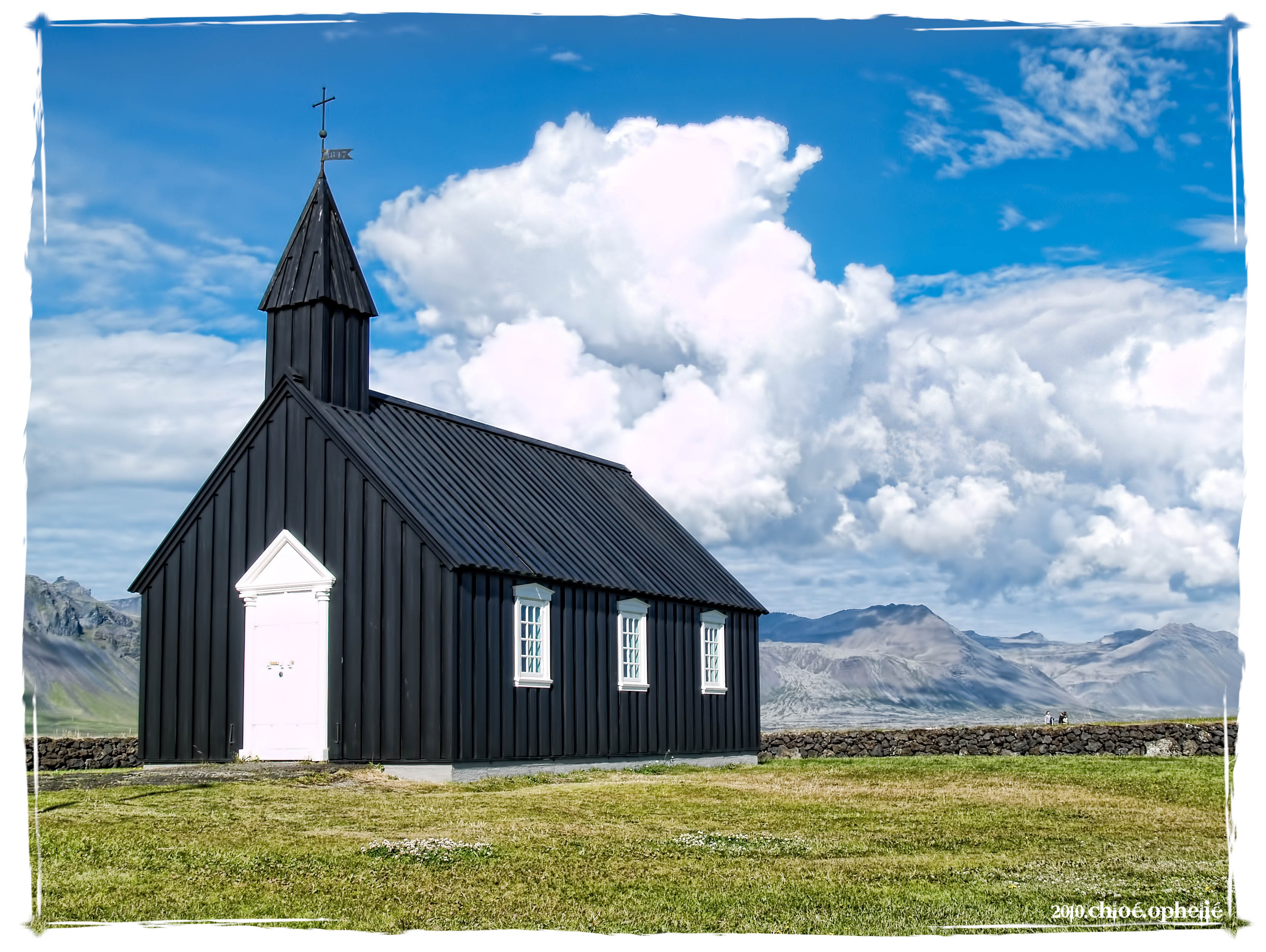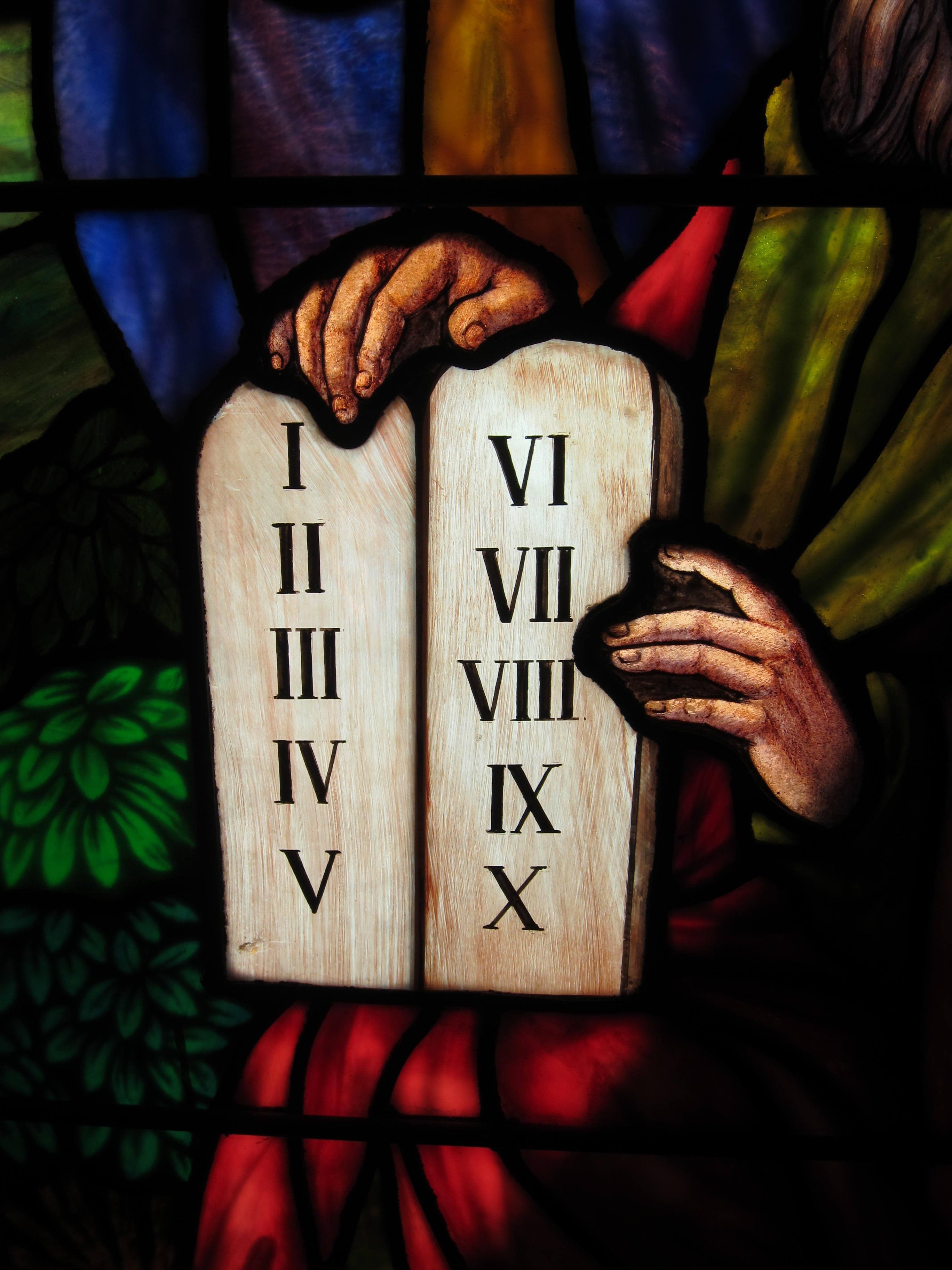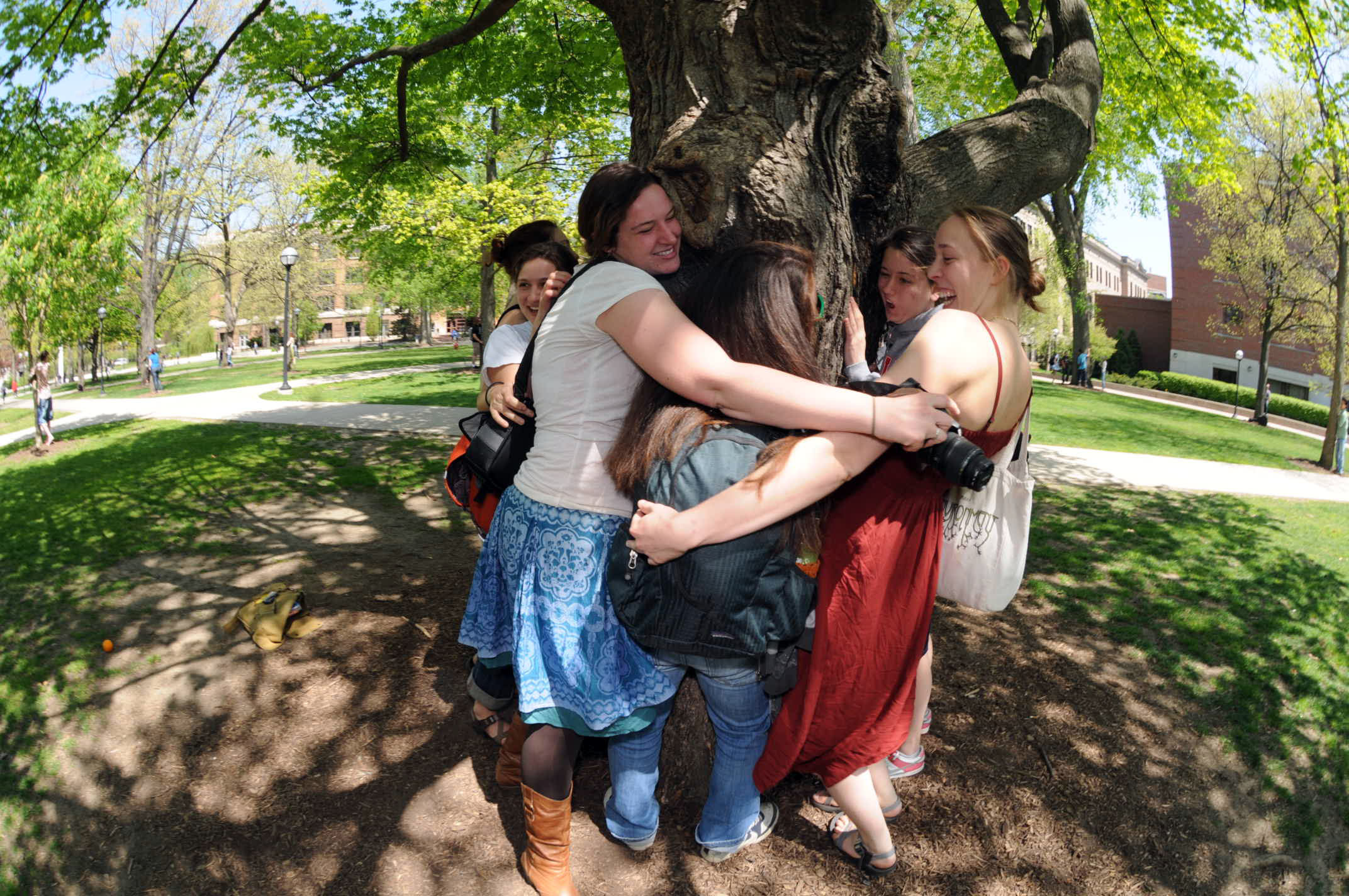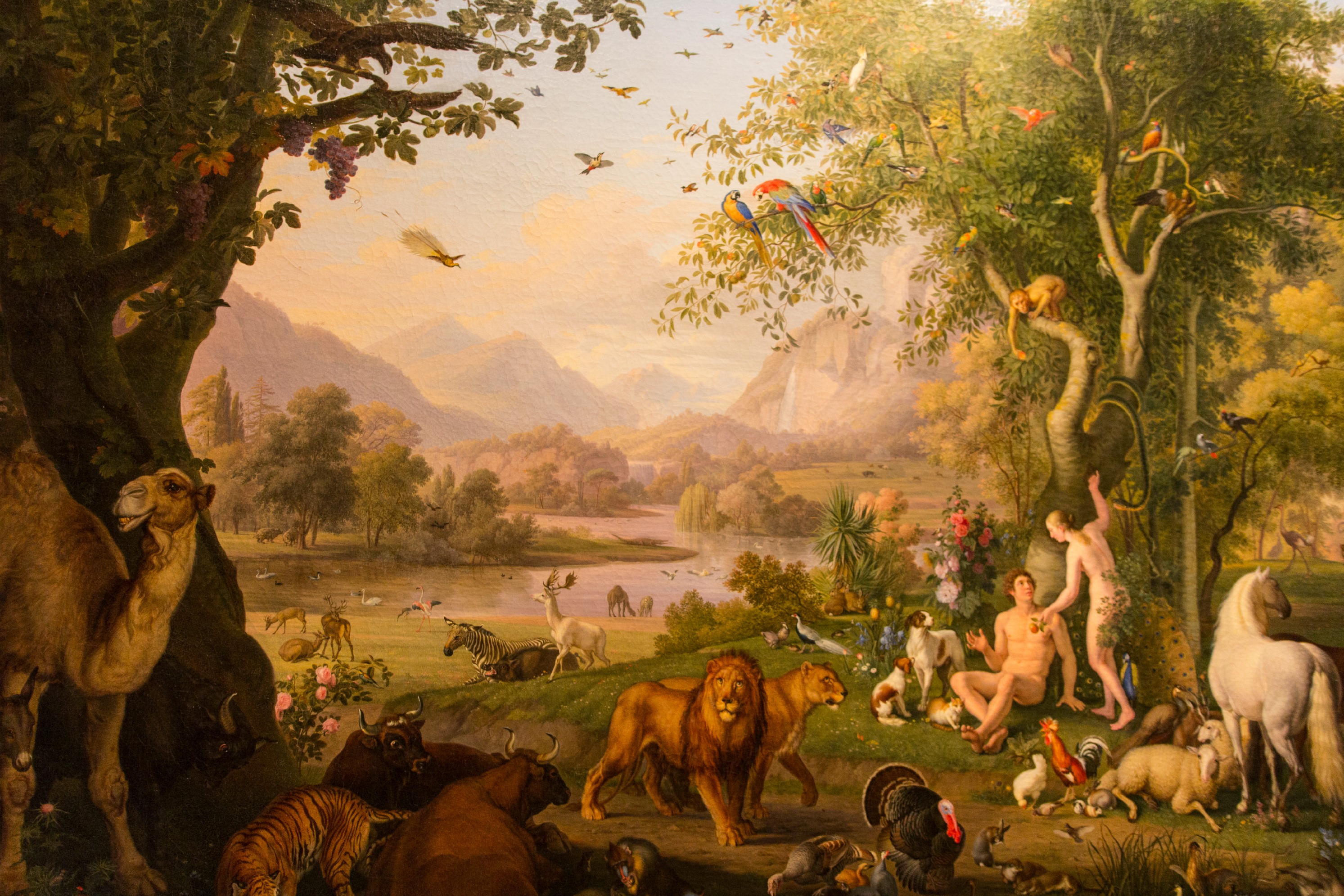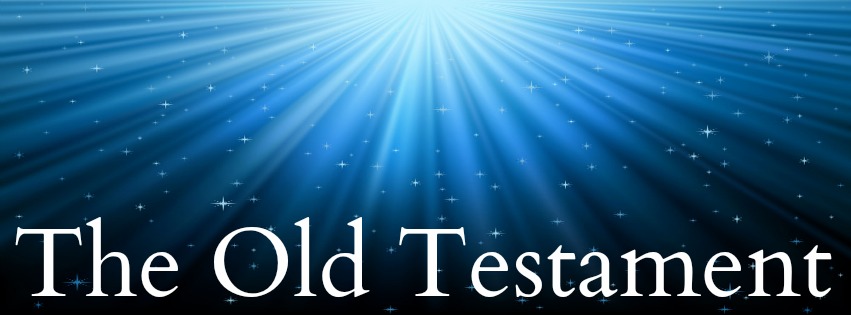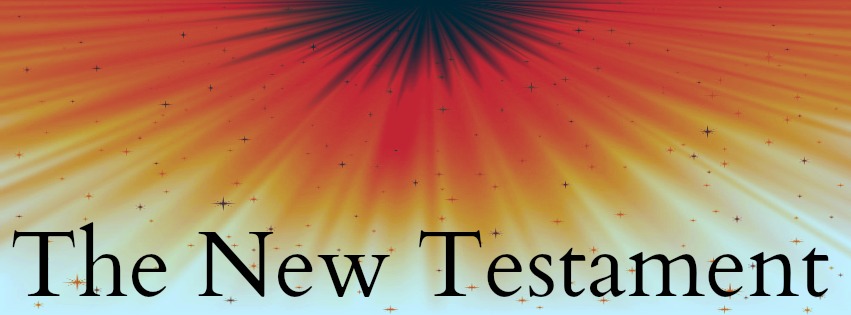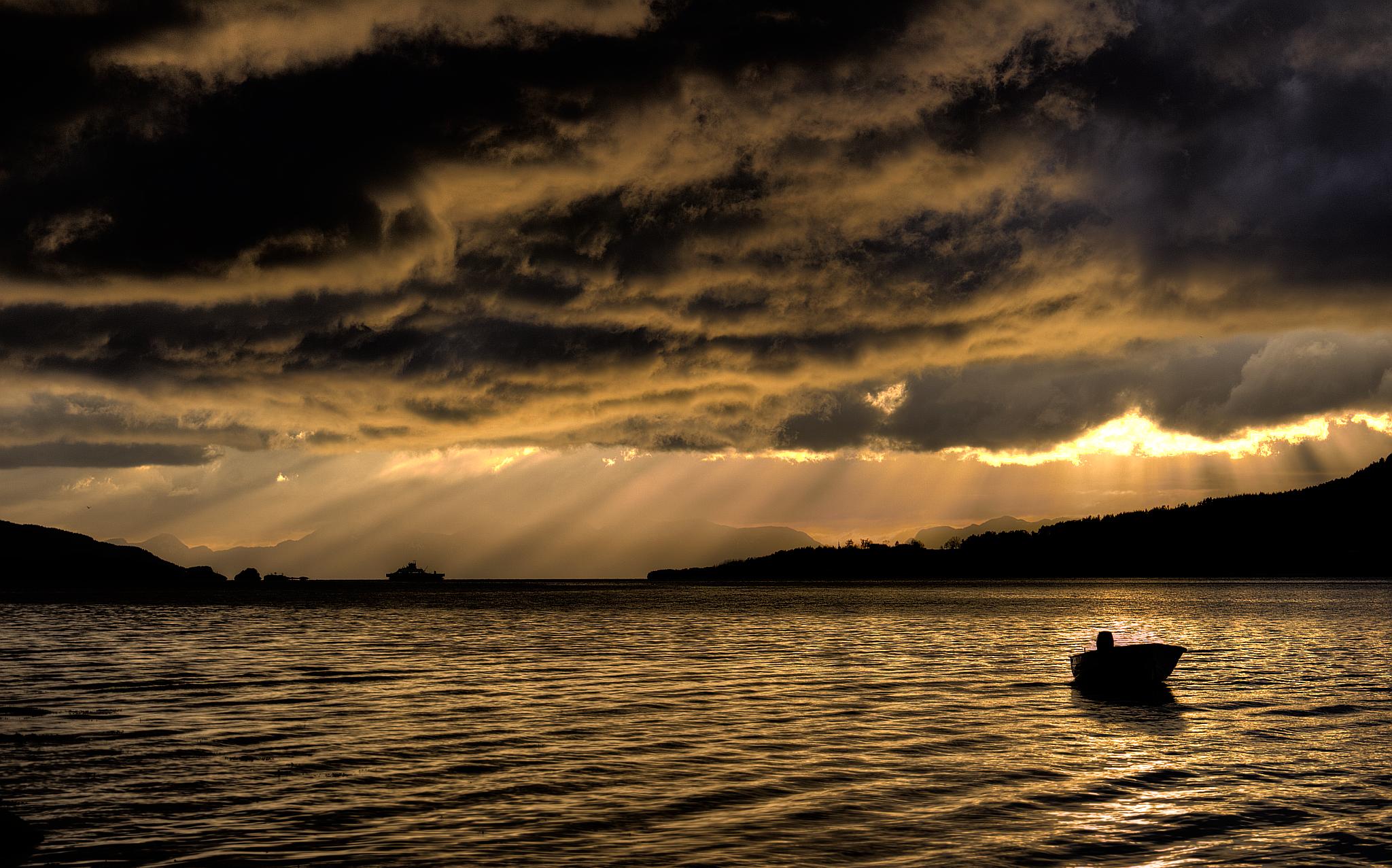When God created the world, he did so using various modes of creation. God’s creative activity and the methods he used to bring about the earth and humanity reveals something about the nature of God’s character.
Ex Nihilo
Ex Nihilo is a Latin phrase which put simply, means “out of nothing”. This phrase is often used to describe God’s creation of the earth and to depict the creation as out of nothing.
Though it has been much debated among scholars, prominent theologians such as Augustine, Calvin and John Wesley all support the idea of a divine creation, ex nihilo.
The opening statement in Genesis implies, if not demands, that nothing existed before God created:
“In the beginning God created the heavens and the earth.”(1)
This indicates that before God created the universe, there was nothing. There were no building blocks in place for God to work with. This can be difficult for us to understand, since we cannot create without first having some materials. We are conditioned to know that ‘nothing comes from nothing’, and to understand the scientific law that ‘matter cannot be created or destroyed’. We cannot understand the idea of creation ex nihilo because it’s not natural to us. The point being, that it’s supernatural: only God can create, ex nihilo.
By Speech
Genesis 1 is very clear on one particular method of God’s creative activity: he spoke.
On each of the six days of creation, God spoke, and what he said, came into being:
“Let there be light,” and there was light (3)
“Let there be a vault between the waters to separate water from water.” So God made the vault and separated the water under the vault from the water above it. And it was so. (6)
“Let the water under the sky be gathered to one place, and let dry ground appear.” And it was so. (9)
“Let the land produce vegetation: seed-bearing plants and trees on the land that bear fruit with seed in it, according to their various kinds.” And it was so. (11)
“Let there be lights in the vault of the sky to separate the day from the night, and let them serve as signs to mark sacred times, and days and years, and let them be lights in the vault of the sky to give light on the earth.” And it was so. (14-15)
“Let the water teem with living creatures, and let birds fly above the earth across the vault of the sky.” 21 So God created the great creatures of the sea and every living thing with which the water teems and that moves about in it, according to their kinds, and every winged bird according to its kind. (20-21)
“Let the land produce living creatures according to their kinds: the livestock, the creatures that move along the ground, and the wild animals, each according to its kind.” And it was so. (24)
Psalms 33:6 even states that:
“By the word of the LORD the heavens were made.”
God creates through his speech. He simply vocalises his creative desire, and it comes forth.
From Dust
Though God originally created the earth from nothing, when it came to creating humanity, God formed the first man and woman from something that already existed. Genesis 2 tells us that:
“…the LORD God formed a man from the dust of the ground…”
Adam was fashioned from the dust of the ground, which was formed from nothing. Scholars agree that humanity was formed from the dust in order to connect humankind to the earth in a fundamental way. This idea is reinforced by the declaration that God gives in Genesis 3, after the fall:
“By the sweat of your brow you will eat your food until you return to the ground,
since from it you were taken; for dust you are and to dust you will return.” (19)“So the LORD God banished him from the Garden of Eden to work the ground from which he had been taken.” (23)
Because of the inherent fallenness of humanity after Adam and Eve eat the fruit, humankind will reduce down to dust in death, because it was from dust that Adam was created – death will bring the physical body back to its original composition.
We also know from Genesis 2:19 that the animals were also formed from the dust:
“Now the LORD God had formed out of the ground all the wild animals and all the birds in the sky.”
And, that the trees were formed supernaturally from the ground, much like Adam:
“The LORD God made all kinds of trees grow out of the ground” (9)
By His Breath
God also created using his breath. After Adam was fashioned from dust, God gave him the breath of life in order to bring him to life. Genesis 2 tells us that:
“God formed man of the dust of the ground, and breathed into his nostrils the breath of life; and man became a living soul” (7)
Though God created Adam from the dust, it was not until He breathed into him, that he truly came to life. By filling Adam’s body with His breath, God gave Adam a divine origin, rather than just an earthly one.
Job 33:4 declares that:
“The Spirit of God has made me, And the breath of the Almighty gives me life”
And, Psalms 33:6 tells us that God breathed his breath into the universe also:
“By the word of the LORD the heavens were made, their starry host by the breath of his mouth”
God’s creative activity is unique. Firstly, we must understand that in the beginning, he created from nothing – ex nihilo. Once he created matter from nothing, he then used this matter to shape the first man, and from the first man, he shaped the first woman. He also brought forth elements of the universe by simply speaking, and by penetrating the entire cosmos with his breath, thus giving life to the earth and to humanity.
If you want to celebrate God’s amazing creative activity, then please sign our petition to establish Creation Day as an official holiday!




